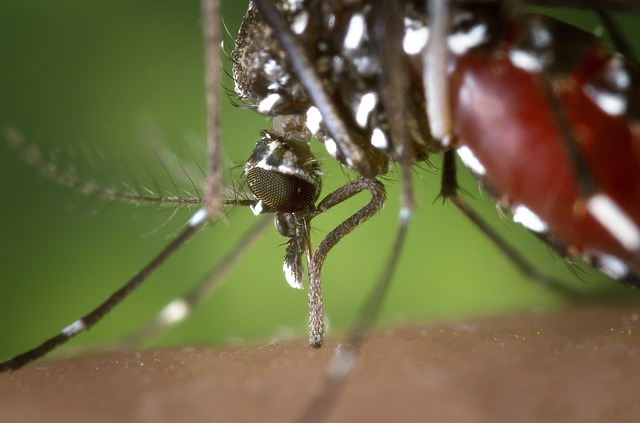By NewsDesk @infectiousdiseasenews
Officials in the Eastern Visayas (Samar, Leyte and Biliran) report a consistent increase in the number of dengue victims in the region.

More than 6300 dengue cases have been reported to date, double last years total year to date, including 21 dengue deaths.
The outbreak has been a strain on hospital capacity with some admitting up to 30 new cases per day.
Of the over 6,300 dengue cases, 408 were reported in Biliran; 609 in Eastern Samar; 1,998 in Leyte; 563 in Northern Samar; 272 in Southern Leyte; 876 in Samar; 384 in Calbayog City; 233 in Catbalogan City; 41 in Maasin City; 169 in Ormoc City; 465 in Tacloban City; 171 in Baybay City; and 126 in Borongan City.
Nationally, 116,000 dengue cases have been recorded to date with nearly 500 fatalities. The Department of Health (DOH) said DENV-3 is the dominant strain of the mosquito-borne disease affecting the country.
Dengue is a viral infection transmitted by the bite of an infected mosquito. There are four closely related but antigenically different serotypes of the virus that can cause dengue (DEN1, DEN 2, DEN 3, DEN 4).
Dengue Fever (DF) – marked by an onset of sudden high fever, severe headache, pain behind the eyes, and pain in muscles and joints. Some may also have a rash and varying degree of bleeding from various parts of the body (including nose, mouth and gums or skin bruising).Dengue has a wide spectrum of infection outcome (asymptomatic to symptomatic). Symptomatic illness can vary from dengue fever (DF) to the more serious dengue hemorrhagic fever (DHF).
Dengue Hemorrhagic Fever (DHF) – is a more severe form, seen only in a small proportion of those infected. DHF is a stereotypic illness characterized by 3 phases; febrile phase with high continuous fever usually lasting for less than 7 days; critical phase (plasma leaking) lasting 1-2 days usually apparent when fever comes down, leading to shock if not detected and treated early; convalescence phase lasting 2-5 days with improvement of appetite, bradycardia (slow heart rate), convalescent rash (white patches in red background), often accompanied by generalized itching (more intense in palms and soles), and diuresis (increase urine output).
Dengue Shock Syndrome (DSS) — Shock syndrome is a dangerous complication of dengue infection and is associated with high mortality. Severe dengue occurs as a result of secondary infection with a different virus serotype. Increased vascular permeability, together with myocardial dysfunction and dehydration, contribute to the development of shock, with resultant multiorgan failure.
- Virginia: Significant increase in Cyclospora cases reported in Northern districts
- Tennessee hepatitis A outbreak tops 2,000 cases
- Vesicular Stomatitis update: 100 premises quarantined in 3 states
- Dengue outbreak declared in Iloilo City
- Asia: Multi-drug resistant malaria strain spreads in Vietnam, Laos and parts of Thailand
- Rabid otter prompts alert in Nassau County, Florida


